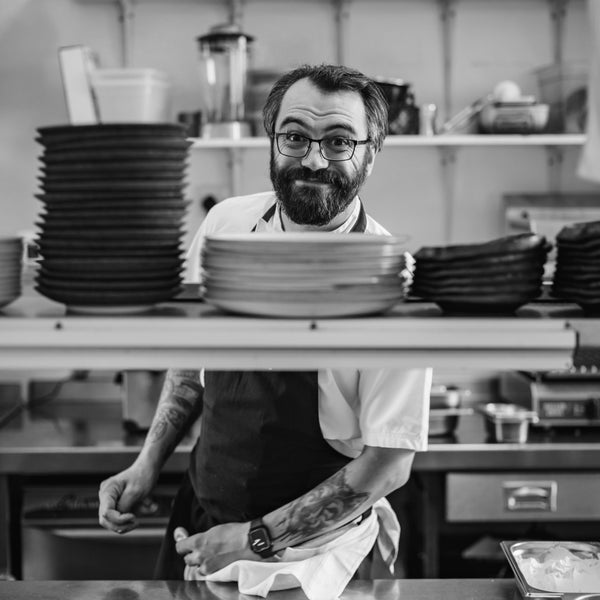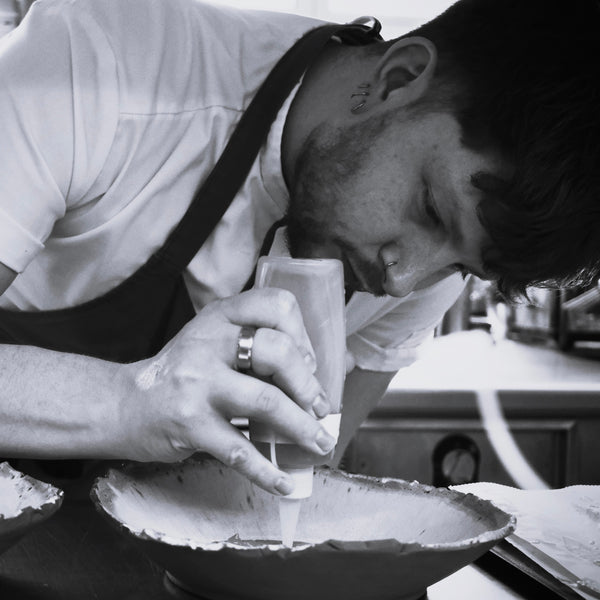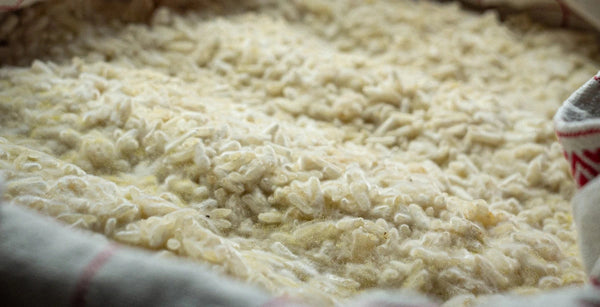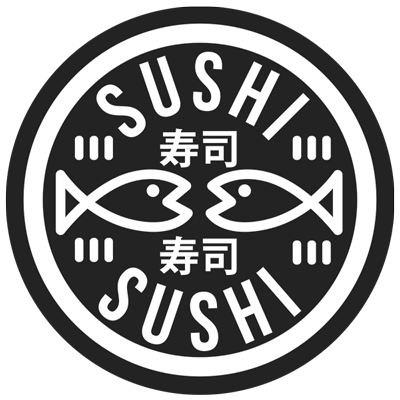SAKAI TAKAYUKI - The home of Japanese Knives

The craftsmen at Sakai Takayuki, still to this day support the 600 year tradition of Sakai cutlery - protecting the techniques and beliefs inherited from their predecessors, by training everyday. This is why Sakai Takayuki is known as one of the most respected Japanese knife makers.
HISTORY
Located in Midoricho, Sakai City, Osaka Prefecture, Sakai Koyuki Sambo factory produces the high quality steel joined by a technique called boiling, and after being forged in a red burning 1200 degree Celsius flame - it is softened with pine charcoal and quenched in water to increase its hardness to the highest possible level. Following more than 30 processes, which are the traditional techniques of Sakai cutlery.
Did you know the flame of Sakai has been burning for more than 600 years!
Sakai Takayuki belief is "The quality of meticulous workmanship represents the price of masters who create quality knives and the quality is ensured by traditional skills that have been continuously inherited from their predecessors. Japanese knives have their own unprecedented shapes and are without parallel in the world as knives created for cutting different foods, including fishes and vegetable and are vital for delicate Japanese dishes. Sakai Takayuki brand products maintain the rational skills of Sakai’s Japanese knives and demonstrate the skills of the world class masters."

THE PROCESS OF MAKING THE KNIFE
Stainless steel is made by adding the element of chromium to steel. Adding chromium (12% or more) improves corrosion resistance and prevents rust. This is because a chromium oxide film forms on the surface of the steel, preventing air and moisture, from coming into direct contact with the iron. This oxide film is excellent because it naturally repairs itself even if the surface is scratched by sharpening a knife. However, is the salt or acid that breaks the oxide film reminds attached, the oxide film will not be repaired intimate and rust will occur. It is important to wash and store both steel and stainless steel knives after use.
1. Fire Making
Preparation for forge welding the base metal of the kitchen knife with steel. Coke is used to raise the temperature of the furnace to 1000 degrees at once. After shaping the red-hot steel, we proceed to the next process of attaching the steel.
2. Fire Making with Steel
A traditional technique for making Sakai cutlery, which is also called boiled. Boric acid, borax, iron oxide, etc. are used to bond steel to the base metal heated to over 1,000 degrees. After bonding, the pieces are heated again in the furnace and hit with a hammer to ensure complete adhesion.
3. Making Fire (Preliminary)
When the base metal and steel are completely bonded, use a belt hammer to gradually shape the knife. At this time, if the temperature of the knife is too high, carbon, which is an important factor for sharpness, will escape and the knife will not be sharp. The craftsmen carefully forge each knife while always facing the temperature control.
4. Making Fire (Sleep)
Let it rest for a while to stabilise the ingredients of the knife that has been launched. At the same time, check that there are no scratches or joint mistakes on the knife.
5. Cut Off
Work to cut off extra places according to the shape of the kitchen knife. We cut carefully with the feeling of craftsmen's hands without mechanisation.
6. Rough Beating
It is said that by repeatedly hitting the cold base metal, the molecules become finer and sharper. At the same time, we also do the work of adding a recess (back side) to the back side.
7. Quenching (Mud Coating)
During quenching, which is the life of a knife, a thin layer of mud is applied to the entire blade in order to ensure that the temperature is evenly distributed throughout the blade. It also has the purpose of quickly cooling by suppressing air bubbles that are generated when cooling with water or oil.
8. Quenching (Cooling)
After drying the mud applied to the blade, it is heated to around 800 degrees and cooled at once. Temperature control is not mechanised and the experience and skill of the craftsmen are the most important. Quenching is a process that requires a great deal of concentration and is solemnly performed in the dark of the evening. The quenching of Sakai knives is characterised by the use of pine charcoal, which is said to raise the temperature smoothly.
9. Tempering
Knives that are hardened by quenching are not sticky and cannot be used as they are. To make it sticky, heat it again to about 200 degrees and then let it cool naturally. This process produces a good kitchen knife with hardness and stickiness.
10. Strain Relief
After quenching and tempering, the knife reaches the final stage of the blacksmithing process. This is the work to check for slight distortions and scratches before handing over to the blade sharpener. We will correct without overlooking even the slightest distortion.
11. Rough Sharpening
It will be the first sharpening of the kitchen knife sent by the blacksmith. Sharpen with a rotary whetstone using a self-made tool called a sharpening stick. Work slowly while keeping a close eye on the condition of the knife.
12. Main Sharpening
After finishing the rough sharpening, the work of sharpening even thinner so that it can actually cut. A knife that has been sharpened too much cannot be returned to its original state, so this is the process that tests the craftsman's skill the most.
13. Buff Finish
In order to make the blade glossy, a polishing cloth called a rotating buff is applied. At first, the buff is rough, then gradually finer, and finally the knife is finished with a beautiful shine.
14. Blur (Makeup Sharpening)
The whetstone powder is attached to a piece of rubber or wood until it becomes clay-like, and then rubbed against the blade. It is an important work to add ripples, and the type and amount of powder to be mixed is the key to bring out the beauty, and the contents are considered to be closed to the public.
15. Finish Sharpening
The final process of hand-sharpening the knife that has finished the gradation work. In the process of determining the sharpness of Sakai knives, we bring out the best potential while observing the state of each knife. It is a labor-intensive and time-consuming task that involves changing the type of whetstone for each task.
16. Complete
After blacksmithing and sharpening the blade, attach the handle to complete the knife. Sakai knives are based on a division of labor, and the highest quality kitchen knives are born by working together in each field. Please take a moment to pick up Sakai Koyuki Knives, which have inherited the 600-year tradition of Sakai Knives.
See our full range of Sakai Takayuki knives ready to purchase here.

Also in Masterclass

Chef Focus: Dan Ashmore, ASKR

Chef Focus: James Nicklin, Winteringham Fields



